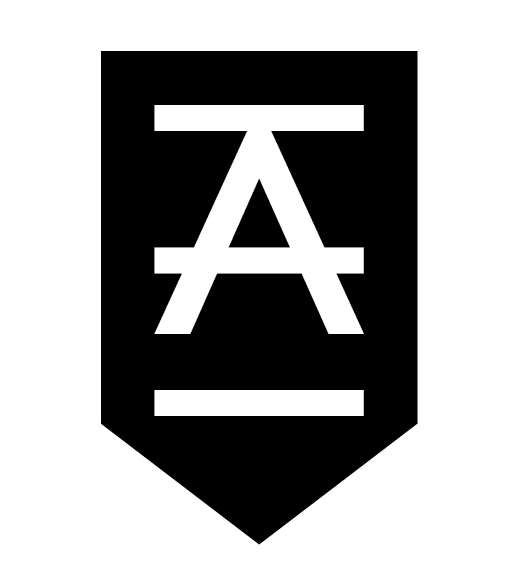IT’S CALLED MOVEMENT PREP – NOT WARMUP. HERE’S WHY.
ALLEGIATE MOVEMENT PREP
The goal of movement prep is to be prepared.
It is not to be “warm.”
From Cook, G. Movement: Screening - Assessment - Corrective Strategies. Lotus Pub. 2011
Introduction
Programming for a diverse group of members with different athletic experience levels is a complex undertaking. There is a lot to consider.
To provide a repeatable answer to this complex challenge, we create a system.
A system is a set of organized things working together as part of a mechanism. And the goal of a system is to build a repeatable behavior.
The Allegiate Movement Preparation is one of those systems.
Movement Prep is the first 10-15 minutes of each workout at Allegiate. It’s composed of 3 main components:
Mobility
Pillar Preparation
Corrective Exercises
(Want a detailed workout program that includes movement prep? Check out Allegiate Digital Programming here.)
Movement Prep Part 1: Mobility
Awareness is one of the most underrated components of any training program. An inventory of your body could be the difference that prevents an injury or gets you through a plateau.
Mobility – aka movable flexibility – is an incredible indicator our coaches use to assess how prepared you are for a training session that day.
When it comes to injury, did you know that an inability to hit full range of motion is usually the reason people get hurt?
We start with mobility because it tells our coaches what’s bothering or limiting you before you start applying external load. Like a barbell back squat, for example. If we see something is restricting you, we know not to to load you up that day.
We use an organized, systematic approach to mobility called CARs. Here’s why we do them at Allegiate.
You probably haven’t done CARs before. It stands for Controlled Articular Rotations. Each joint in our body has certain degrees of freedom. The more freedom and range of motion our joints have, the more durable, flexible, and stronger we are.
The two main reasons for CARs at Allegiate are:
A systematic assessment of our members before the strength training session
A systematic, repeatable way to improve the range of motion of our joints
Any limitation of our joints could lead to injury. And imagine if those joints were limited in their range and then you added a bunch of weight to the barbell. That would be like saying:
Let’s loosen the wheels on our race-car 10 minutes before racing it on the track.
Horrible idea, right? Well it’s the same thing with your mobility.
With CARs, we have a system to raise any red flags and help you avoid injury so you can train for the long haul.
Movement Prep Part 2: Pillar Preparation
The function of the body’s core is stability.
At Allegiate, we created the terminology “Pillar Prep.” We use the word pillar intentionally. Most people call it core work.
Core is defined as the central or most important part of something.
Pillar is defined as a tall vertical structure of stone, wood, or metal, used as a support for a building.
The most important takeaway is: stability.
The ability to control our ribs relative to our pelvis has massive implications in performance in our compound movements.
Pillar Prep’s main benefit is increased awareness. This increased awareness allows us to efficiently maximize our time in the weight room. And that matters because the weight room is where the greatest ROI happens for our holistic fitness.
Movement Prep Part 3: Corrective Exercise
Load doesn’t make a movement better. Awareness and context do.
“The best cue is the one where we say nothing at all and you fix yourself “ (1)
Corrective exercise is our last step of movement prep before hitting the weight room portion of an Allegiate session.
Let’s talk about movement, inputs, & outputs
We subconsciously adjust our movements to meet the demands of our environment. What you focus on, your body adapts to.
If you pound speed work all day every day, you have little ability to alter movements positively. Instead you adjust to meet the demands placed on your system.
This creates a negative feedback loop where negative inputs on the system lead to negative outputs.
To explain corrective exercises, it helps to look at how we learn how to move. It starts with our reflexive system.
We learn movements from birth, without thinking about learning them.
As babies, we start on our back (supine), transition (roll) to our stomach (prone), press up, rock, crawl, half kneeling, squat, stand, walk, run. We learned these movements from our reflexive system far before we could talk. Or be coached.
As we establish motor control, we shift towards a goal or peak. Reflexive movement patterns deteriorate as a result.
The premise behind corrective exercise is to go back to our reflexive systems and re-establish these core movement patterns.
Which brings us to the quote at the top of this section.
“The best cue is the one where we say nothing at all and you fix yourself “ (1)
The best exercise at this moment is one that corrects your patterns through this reflexive system. That means the exercise where you correct yourself – not where a coach has to instruct you into that position.
What we’re after is this level of self-awareness.
“What we’re after is this level of self-awareness.”
In Summary, The key takeaway is the word AWARENESS.
You’re the captain of your ship. No one else can take the wheel. As coaches, we can give you a map. But you have to steer the ship.
You have an opportunity to assess and calibrate yourself to get to your goal. In the shortest possible route and in the shortest amount of time.
If you are limited in mobility, lack control of your pillar, or have faulty patterns and you never take the time to acknowledged, explore, or improve that: you are the obstacle in your own way.
REMEMBER: The goal of movement prep is not to be tired, it is to be prepared.
*Want a detailed workout program that includes movement prep? Check out Allegiate Digital Programming here.
Want free access to Allegiate training tips and knowledge? Join the Allegiate Newsletter.
Cook, G. Movement: Screening - Assessment - Corrective Strategies. Lotus Pub. 2011
Omelyanenk N, Slutsky L. Connective Tissue: Histophysiology, Biochemistry, Molecular Biology. CRC Press. 2014.




